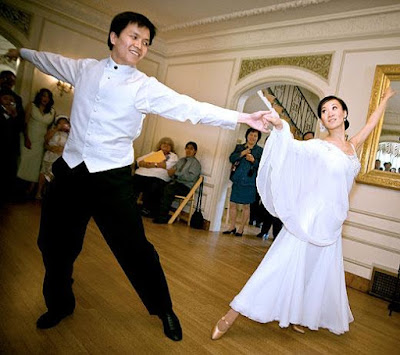NCLB classifies the arts as a core academic subject to be taught by highly qualified teachers. K-12 standards for dance, music, theater and visual arts education were developed in 1994 by the Consortium of National Arts Education Association. A 2005 Harris Poll found strong public support for the arts (see box). So the arts should be high on every district's priority list--at least, that's the message implied in recent national reports.
The arts should be higher on some lists, according to Critical Evidence." How the Arts Benefit Student Achievement, a report from the National Assembly of State Arts Education Agencies and the Arts Education Partnership. The authors say opportunities for students to learn about the arts are diminishing, especially in poor, inner-city and rural schools.
State education agencies play an important role in supporting the arts, according to a report on the Governor's Commission on the Arts in Education.
Arkansas governor Mike Huckabee says in the report's preface that arts education offers "many practical benefits" but also "has value in and of itself."
Instrumental value. Correlational research suggests that student engagement in the arts is associated with enhanced student achievement. Supporting this position are findings from researchers at the Univ. of California-Los Angeles. They reviewed data from the National Educational Longitudinal Study, comparing students who were highly involved in arts instruction to students who were less involved. "Highly involved" students earned better grades, performed better on standardized tests, performed more community service, watched fewer hours of television, reported less boredom in school and were less likely to drop out. These findings held true for students from the lowest socioeconomic-status quartile of the 25,000 surveyed.
In 2000, Harvard's Project Zero published the results of a comprehensive research synthesis conducted through the Reviewing Education and the Arts Project. Research analysts Lois Hetland and Ellen Winner identified 188 rigorous studies conducted between 1950 and 1999, and they calculated effect sizes in 10 areas. They found causal links in three areas: (1) listening to music and temporary improvements in spatial-temporal reasoning--thinking using pictures that evolve in space and time; (2) learning to play music and spatial reasoning--the ability to interpret and make drawings, form mental images and visualize movement or change in those images; and (3) classroom drama and verbal skills such as understanding and recall of stories.
However, many questions remain. For example, according to the REAP analysts, "the analysis of arts-rich educational programs shows that studying the arts does not, in and of itself, lead to improved test scores. Yet schools with strong arts often report improved academic achievement." What we don't know is why, or which components of an arts education program have the most impact on student achievement.
Also, educators will need to interpret existing research carefully if it is to be of practical use. For example, "a meta-analysis of 15 studies involving 701 children ages 3 to 12 years suggests that children provided with music instruction score higher than controls on spatial-temporal tasks," Frances Rauscher reported in 2003. But a separate study that examined the effects of different types of instruction (keyboard, singing and rhythm) indicated that each type of instruction affected different aspects of cognition.















 minds that we can’t predict the future or change the past we can move through the uncertainty more productively. Let's simplify portfolio performance evaluation by using information that we don’t have to speculate about, and which is related to our own personal investment programs.
minds that we can’t predict the future or change the past we can move through the uncertainty more productively. Let's simplify portfolio performance evaluation by using information that we don’t have to speculate about, and which is related to our own personal investment programs.






























 should take seriously if you really want to make a career (or serious hobby) out of dance. Let's take a look at 2 easy ways to shop for dance instruction lessons and dance instruction professionals using the power of the internet.
should take seriously if you really want to make a career (or serious hobby) out of dance. Let's take a look at 2 easy ways to shop for dance instruction lessons and dance instruction professionals using the power of the internet.


